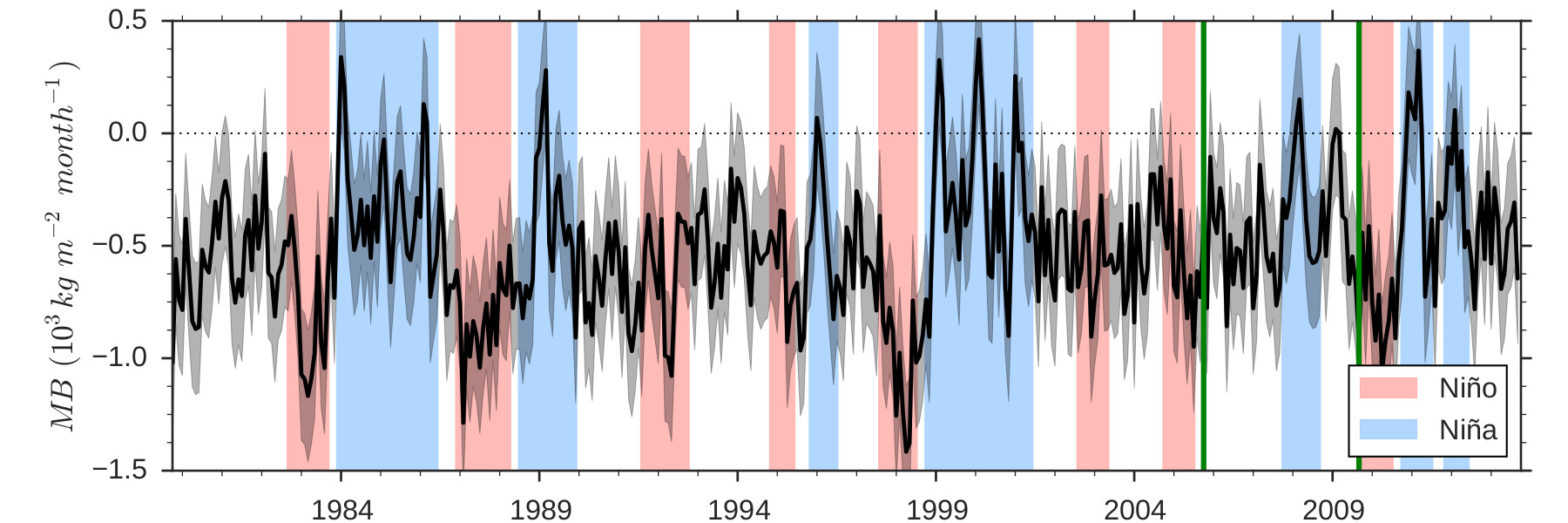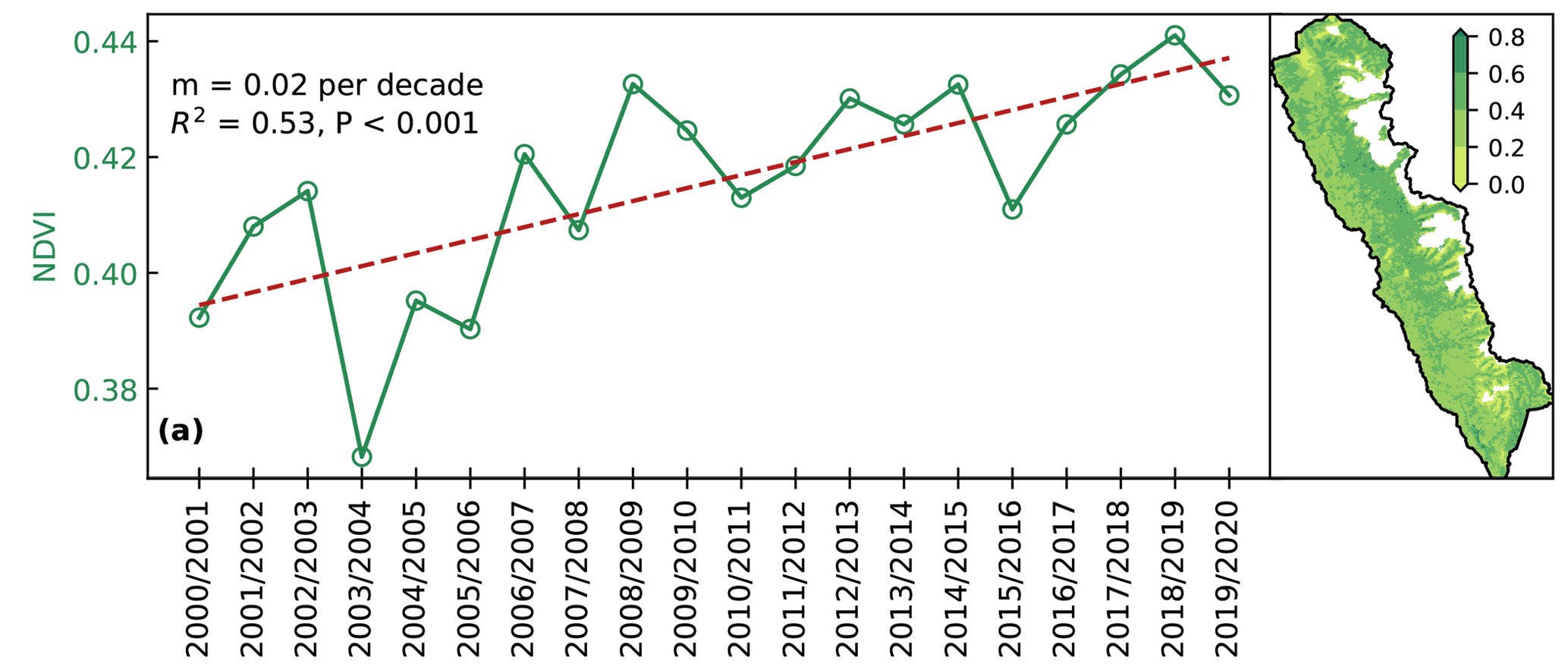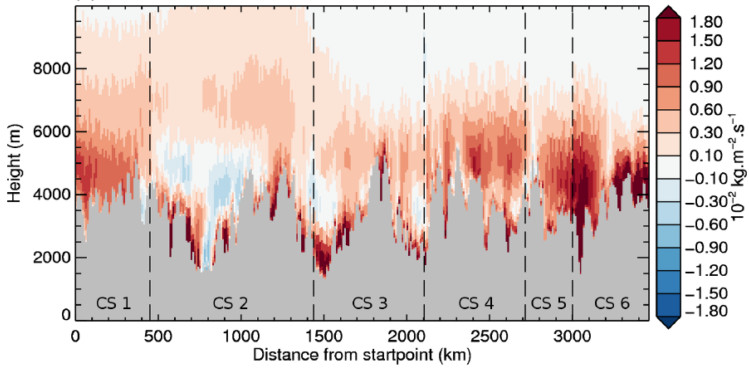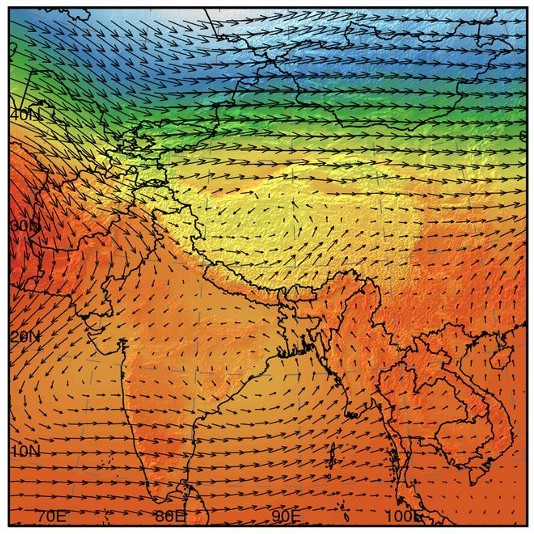Research
My research interests are broad and varied, and I particularly like to mix and merge methods and models across disciplines. Here are some of the topics I am interested into:
Glaciological modeling at regional and global scales

Relevant publications: Maussion et al., 2019; Marzeion et al., 2018; Marzeion et al., 2020; Goosse et al., 2018; Farinotti et al., 2017; Farinotti et al., 2019; Recinos et al., 2019; Recinos et al., 2021; Eis et al., 2019; Eis et al., 2021; Pelto et al., 2020; Rounce et al., 2021; Furian et al., 2022; Hock et al., 2023; Malles et al., 2023; Rounce et al., 2023;
Climate controls on glacier mass-balance

Relevant publications: Maussion et al., 2015; Mölg et al., 2012; Mölg et al., 2014; Zolles et al., 2019; Galos et al., 2017;
Water availability and water demand in the Peruvian Andes

Relevant publications: Hänchen et al., 2022; Klein et al., 2023a; Klein et al., 2023b;
Climate of the Tibetan Plateau



Relevant publications: Mölg et al., 2017; Maussion et al., 2014; Curio et al., 2015;
Dynamical downscaling with the WRF model



Relevant publications: Maussion et al., 2011; Maussion et al., 2014; Collier et al., 2013; Collier et al., 2015;
Interdisciplinary approaches

Relevant publications: Kropáček et al., 2013; Biskop et al., 2016; Dietze et al., 2014; Huintjes et al., 2015; Spieß et al., 2015; Schuster et al., 2021; Azam et al., 2021; Hanus et al., 2024;
Open science
I am fascinated by the opportunities offered by sharing our data and methods more efficiently and more transparently. I am an enthusiast open-source programmer, and most of the research data and the publications I contributed to are open access. I am also a scientific editor for the open-access journal Geoscientific Model Development.
Research projects & grants
As PI (current)
- 2021–2024: PROVIDE – Paris Agreement Overshooting – Reversibility, Climate Impacts and Adaptation Needs (H2020)
- 2022–2024: A future-ready Open Global Glacier Model (OGGM) (DFG)
- 2023–2025: HYdro power: iMpact on the ELecTricity sector in Austria due to Climate Change in glaciated high alpine areas (HyMELT-CC) (Austrian Climate Research Programme)
- 2021–2024: UNCERTAIN – Certainties and uncertainties in the future surface mass balance of mountain glaciers (ÖAW, together with PhD student Lilian Schuster)
As PI (completed)
- 2019–2023: AgroClim - Huaraz, “Water availability and water demand in the Peruvian Andes” (ÖAW)
- 2020–2022: Scaling regional sea-level changes with climate forcings (FWF, replacing previous PI Kristin Richter)
- 2018–2021: Modelling glacier length changes in Alps on the base of tree-ring based temperature reconstructions for the last 2500 years (Universtität Innsbruck, Co-PI)
- 2019–2020: “Glaciers on the Cloud: OGGM-Edu” (University of Innsbruck)
- 2018–2019: The Upper Grindelwald Glacier as indicator for Holocene climate variability (TWF)
As collaborator
- 2021–2024: Landslides and Climate Change in highly Sensible Environments: Seismology, Earth Observation and Artificial Intelligence – HighLand
- 2015–2021: Atmospheric Downscaling for Glacierized mountain environments – DoG
- 2014–2015: Multidecadal to Centennial Climate Variability: Assessing the Conditions for the Glaciation of Tropical Mountains (FWF)
- 2011–2014: WET – Variability and Trends in Water Balance Components of Benchmark Drainage Basins on the Tibetan Plateau (BMBF)
- 2008–2014: DynRG-TIP – Dynamic Response of Glaciers on the Tibetan Plateau to Climate Change (DFG)

